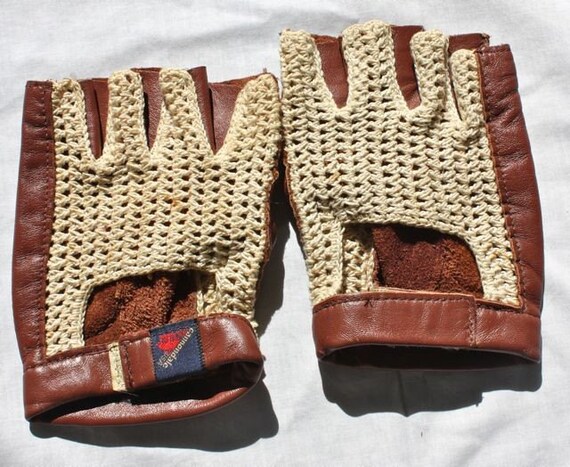It occurs to me now that most, if not all, of my rides fall into one (or more) of these categories: the “pure,” “purpose-driven” and “integrative.”
The “pure” include training rides,those early-morning spins I’ve done lately and any other ride I’ve taken for its own sake. “Purpose-driven” rides are commutes, errands and any other ride that involves a specific destination and task.
“Integrative” rides incorporate some other activity with cycling. When riding near home, or spending a few days in Paris, Rome or some other city, the ride can turn into a tour of architectural, historical or other monuments.* Or, in the country, my ride might be paired with hiking, camping or some other activity.
For Jeffrey Reed of suburban Buffalo, New York, that pursuit is “birding**.” I have never been a “birder,” though I have been paying more attention to our aleatory allies lately, possibly as a result of spending time in the Botanical Gardens.
 |
| Cute! Hooded Warbler . Photo by Jeffrey Reed |
There is one more important difference, however, between my experience and Mr. Reed’s of integrating cycling with another activity. Because I am a lifelong cyclist, I usually am bringing the other endeavor—whether it has to do with nature, culture or something else—into my riding. Jeffrey, on the other hand, got on the saddle after decades away from it.
He decided on a hybrid-type bike. While “serious” cyclists might turn up their noses at such machines (and, worse, those who ride them), they make sense for people like Reed—especially since, as he explains, most of his riding is on trails and gravel paths in local state forests and parks. Oh, and from what I gather, he’s not doing any of the “technical,” let alone gonzo, stuff I did during my mountain-biking days.
He says he doesn’t ride where there’s traffic, except on park roads where it’s minimal, because he has “no interest in becoming a hood ornament.” It will be interesting to see whether his cycling expands beyond his current self-imposed boundaries, understandable as they may be for someone who is returning to cycling—as a means to another pursuit.
*—There was an organization that conducted rides into ethnic enclaves of New York City and sampled its food. I took one of their rides—on the front of a tandem with a blind rider behind me.
**—I assume it’s what we called “bird watching “ in my day—just as I guess “thrifting” is the same (save for the prices) as shopping in thrift stores.


















BQNnKBRVl!~~60_57.JPG)